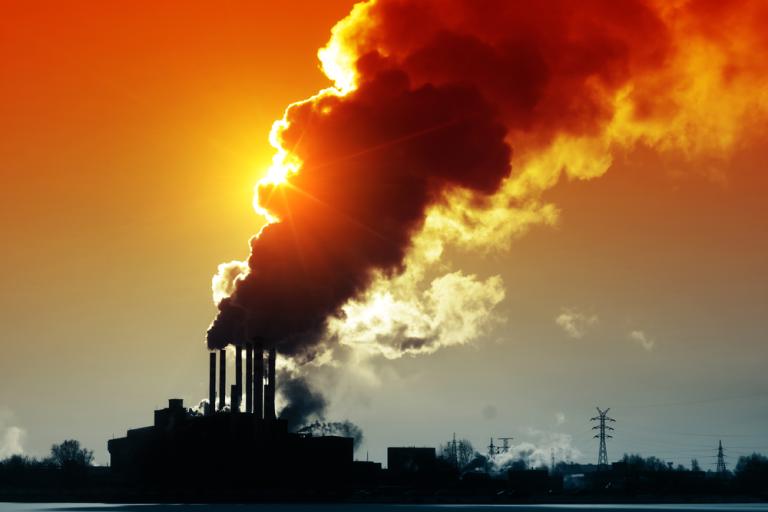
ShutterstockTake a picture — it’ll last longer than the snow cover.
You may have noticed it’s been a hot summer so far. June temperatures were above average across the world, and both NASA and NOAA ranked the month among the top five warmest since record keeping began in the late 1800s.
Not surprisingly, snow extent in the Northern Hemisphere was at its third-lowest on record by June. But what makes the current paltry snow cover more significant is the fact that, just a few months ago, the Northern Hemisphere was unusually snowy — April 2013 had the ninth-highest snow extent since 1967. A month later, half that snow had melted away. The Washington Post reports:
“This is likely one of the most rapid shifts in near opposite extremes on record, if not the largest from April to May,” said climatologist David Robinson, who runs Rutgers University Global Snow Lab.
The snow extent shrunk from 12.4 million square miles to 6.2 million square miles in a month’s time. By June, just 2.3 million square miles of snow remained in the Northern Hemisphere (a decline of 63 percent from May), third lowest on record.
“In recent years it hasn’t seemed that unusual to have average or even above average winter snow extent rapidly diminish to below average values come spring,” Robinson said.
It’s the same story for ice. Although Arctic sea ice extent is not as low as it was in mid-July of 2012 (the year that Arctic ice dropped to its lowest level on record), over the last two weeks, the ice has melted 61 percent faster than average, with 51,000 square miles disappearing every day. The Arctic Sea Ice Blog writes that despite the slower start to this year’s ice-melting season, 2013 could still approach 2012’s record.
Meanwhile, new research from the State University of New York at Albany purports to have narrowed the window of when we can expect to see an ice-free Arctic to some time in the mid-2050s, under a high-emissions scenario (and with the way things are going, it’s hard to imagine any other scenario playing out over the next 40 years).
Mark Serreze of the National Snow and Ice Data Center thinks the ice will melt even sooner, according to NBC News:
“But I still think you are conservative here,” he [said of the SUNY-Albany study], sticking to his earlier projection of ice-free conditions by the year 2030. “Because what we’re seeing here is that the sea ice cover continues to surprise us.”
For example, he explained, there are poorly understood changes in the flow of ocean heat from the Atlantic to the Arctic, as well as evidence that the heat absorbed by the Arctic Ocean in the summer lingers around through the winter, affecting ice melt the following year.
It’s not just the amount of melting ice and snow but the speed at which they are melting that continue to increase, meaning the effects of warming snowball every year — pun intended.



